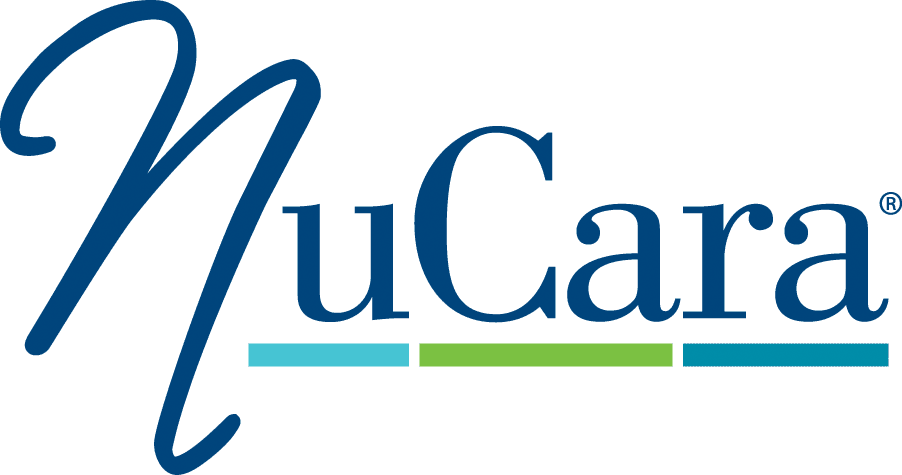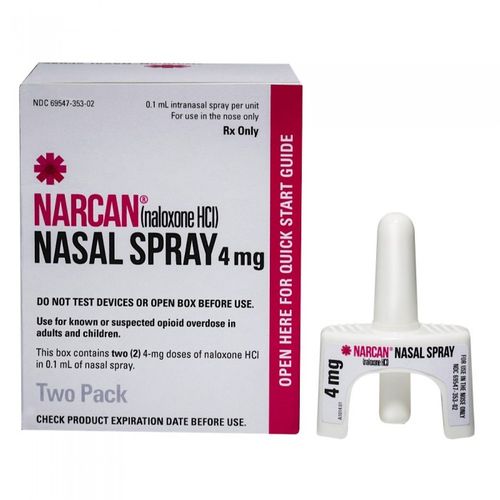The words “opioids” and “Narcan” have been used frequently by media outlets and medical professionals in the last few years. These terms have developed a negative connotation that may even scare people. “Why is my doctor prescribing me this dangerous opioid narcotic?” “I don’t abuse my meds, why do I need Narcan?” This article will clarify all of the misunderstandings surrounding opioids and their reversal agent, Narcan (naloxone).
What is an opioid?
Opioids are a class of pain relievers that are usually used for medical purposes but are sometimes used for recreation. Opioids used for medical purposes include codeine, fentanyl, hydrocodone, hydromorphone, methadone, morphine, and oxycodone. Unfortunately, these medications can be abused by people that either have a prescription or obtain the medication illegally. Heroin is an illegal opioid that can be used for recreational purposes.
Why do people take opioids?
Not all people that use opioids are abusers or addicts; there are patients out there that have acute or chronic pain conditions that require strong pain medications. Recent surgeries or dental procedures are examples of why a person may be taking an opioid for a short period of time. Pain associated with cancer is a reason why someone would be on opioids long-term.
Opioid Overdose
If a person is suspected of an opioid overdose, he or she may have symptoms of unresponsiveness, slowed breathing, vomiting, a pale and clammy face, blue lips/fingernails/toenails, and a slow pulse.
Naloxone
Naloxone, also known by the brand name Narcan, is a medication used to reverse an overdose caused by an opioid. Naloxone blocks the opioid’s actions in the brain to prevent the overdose effects and symptoms. It is important to know that it will not reverse an overdose of a non-opioid substance, such as alcohol or a benzodiazepine.
Healthcare providers may recommend certain people taking opioids to have naloxone. Some patients that are taking other medications may be more likely to accidentally overdose. Some patients may have health conditions that lower their tolerance to opioids. Other factors, such as age and mental status, may make a person more susceptible to an accidental overdose. No one should feel ashamed for having naloxone because accidents can always happen, and we need to be prepared in those cases.
There are several different forms of naloxone, and each have specific directions for use. If you are unsure how to use the form of naloxone that is available to you, read any instructions that may be provided.
Nasal spray
Depending on the manufacturer of the nasal spray, the device may or may not require assembly.
Insert the tip into either nostril (ready-to-use spray) or both nostrils (assembled spray).
Quickly and firmly press down on the plunger to release the medication into the nostril.
Intramuscular Injection
Injection
Remove the vial cap and needle
Insert needle into the rubber covering on the vial
Flip vial upside down
Draw up 1 mL
Insert needle into the muscle of the upper arm or upper thigh
Push down on the plunger until all the liquid is out of the syringe
Auto-injector
Pull device out of the case
Pull of safety guard
Place the black end against the outer thigh muscle
Press firmly for 5 seconds
If there is no response in 3 minutes, a second dose may be given.
*Note: 9-1-1 should be called when a patient is unresponsive, and CPR may need to be given.
Access to Naloxone
Patients can have a healthcare provider write a prescription for naloxone. If a patient has a history of opioid abuse, it may be beneficial to have naloxone on hand to help in emergency situations. In the state of Iowa, there is a “standing order” for naloxone. A standing order means that a pharmacist is authorized to dispense naloxone without a written prescription by a doctor. This standing order was put into place so eligible patients and their family members can get the medication more easily. Also, the order allows for first responders to have the medication for administration to any person they believe needs it.
Before a pharmacist can dispense the naloxone under the standing order, they must go through the proper training with the person obtaining the medication. The pharmacist will educate the person on how to use the specific form of naloxone (spray or injection). This education is beneficial to the person administering the naloxone so he or she knows exactly how to respond in an emergency situation.
If someone under the age of 18 would like to get naloxone, a parent or guardian must provide consent. The pharmacy is required to keep a record for each person that receives naloxone.
Further information:
If you still have questions about naloxone, your pharmacist is a great resource to answer your questions.

